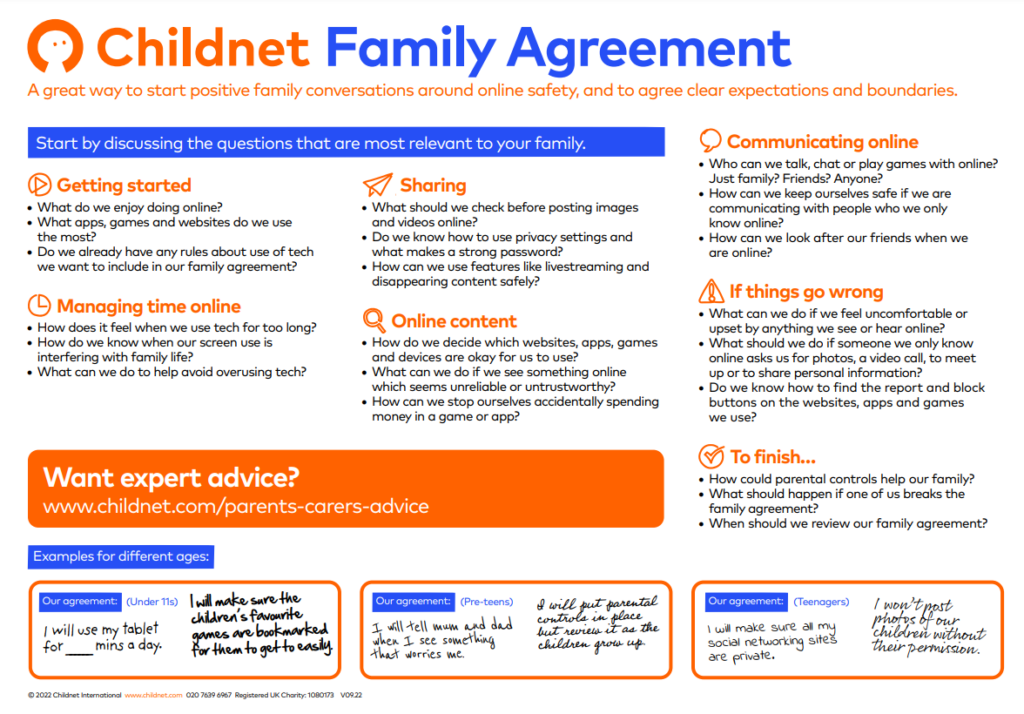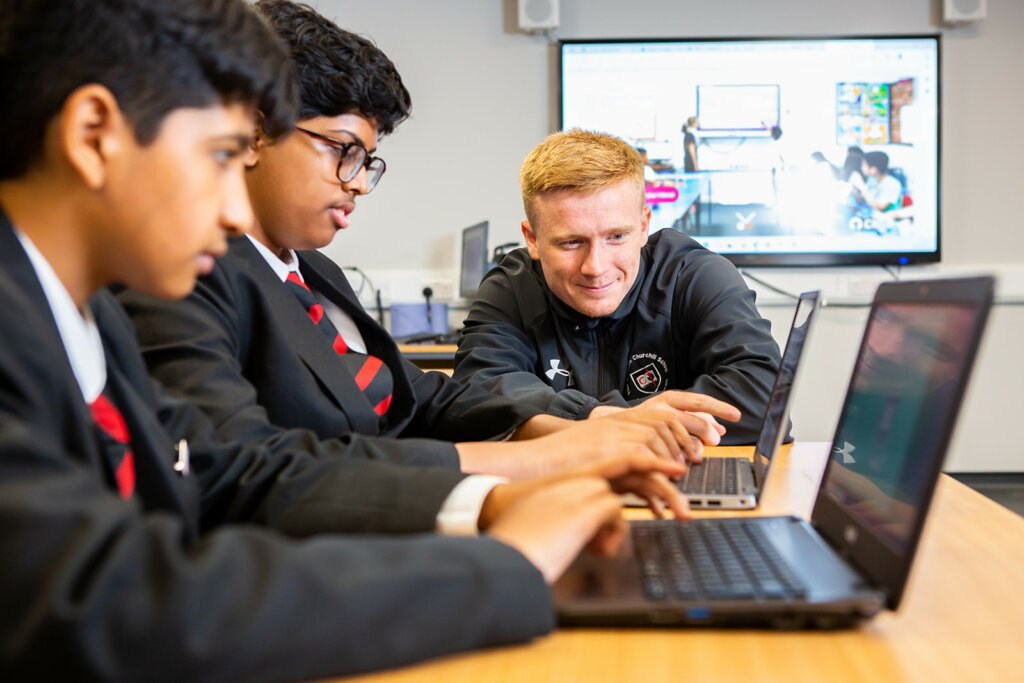
Whether Black Friday, Cyber Monday, or your Christmas shopping is on the horizon – here’s how families can ensure that children and young people can enjoy and stay safe with any new technology and devices they may receive.
Is that the sound of sleigh bells ringing? The holiday season is almost upon us, with many parents and carers across the UK looking forward to Black Friday (Friday 25th November) to grab the best deals for gifts ahead of Christmas.
We’re sure that many young people have devices on their Christmas list, whether that’s a tablet, phone, games console – the list goes on!
Getting a device can be an exciting time for young people, and there may be considerations for parents and carers to make as they consider buying it.
These top tips will help you prepare for giving your child a device as a present and establishing ongoing conversation and guidance with your child about their relationship with it.
Research the device
Using a search engine can be a great way of finding out what other parents and carers are saying about the device that your child has asked for, and how it has affected other children and young people. Asking around in your circle or at the school run is bound to give you a range of opinions, too.
Common Sense Media is a website which reviews games, apps, services and more to help you decide if something is appropriate for your child.
Once you have settled on a device, have a look out for any parental controls you can put in place, and take a look at the privacy settings available.
Set up the device ahead of your child opening it
A great way to ensure your child starts their experience in the safest way is to get the device set up before you give it to them.
Once you’ve researched the device, you can charge it up and have a go at putting in place some safety settings and parental controls to help you feel comfortable with your child using it.
If you are gifting a second-hand device to your child, you can make sure that the device has been reset to factory settings before you give it as a gift. This means that any apps or settings that are already on the device have been removed, and you can start with a blank slate.
On Android devices you can restrict what content can be downloaded in Google Play.
On Apple devices you can go into Content & Privacy Restrictions in Screen Time to help block and limit specific apps and restrict explicit content, purchases and downloads.
Although setting these parental controls is a key step towards keeping your child safe online, it is important that this is not done in place of open conversations.
For more on parental controls, visit our webpage.

Create a Family Agreement
A Family Agreement is a fantastic starting point to help you to establish boundaries and set expectations around your family’s device usage.
It’s a great way to discuss how everyone in the family uses the internet. A family agreement can be a can be updated as new devices are brought into the house, or when the way your family uses technology changes.
Updating an existing family agreement when your child receives their new device allows them to know where they can use it, how long for, and whether they need permission to download apps or make purchases.
Download and print the Childnet Family Agreement here.
Have a conversation
It is important that your child knows that if they encounter something online that they haven’t seen before, or something that worries or upsets them, they can turn to you for help.
Whilst we always recommend that parental controls are enabled, they can never be 100% guaranteed to block inappropriate content.
Therefore it’s important to give practical safety tips to your child in the case of coming across unwanted content, whether that’s teaching them how to use report and block tools, or to turn the device off and speak to an adult they trust.
Often, children and young people can find opening up to an adult about things they’ve seen online daunting, so having regular check-ins with your child provides them with plenty of opportunity to talk things over.
Remember to be curious and not furious – if they know it isn’t their fault and you help them to overcome their issue, they’re likely to come back to you to speak about any future issues.
Whether it’s asking what apps and sites they like to visit, or encouraging them to help you with something online, here are lots of ideas to kickstart the conversation!


